IRRI introduces a self-propelled turner processing 138-300 m3 of straw in 1 hour
Thứ Tư 21/08/2024 , 06:27 (GMT+7)(VAN) After only about 1 minute, the entire pile of straw more than 20 m long was mixed evenly and directly, just waiting for the acceptance test and covering with canvas to wait for use.
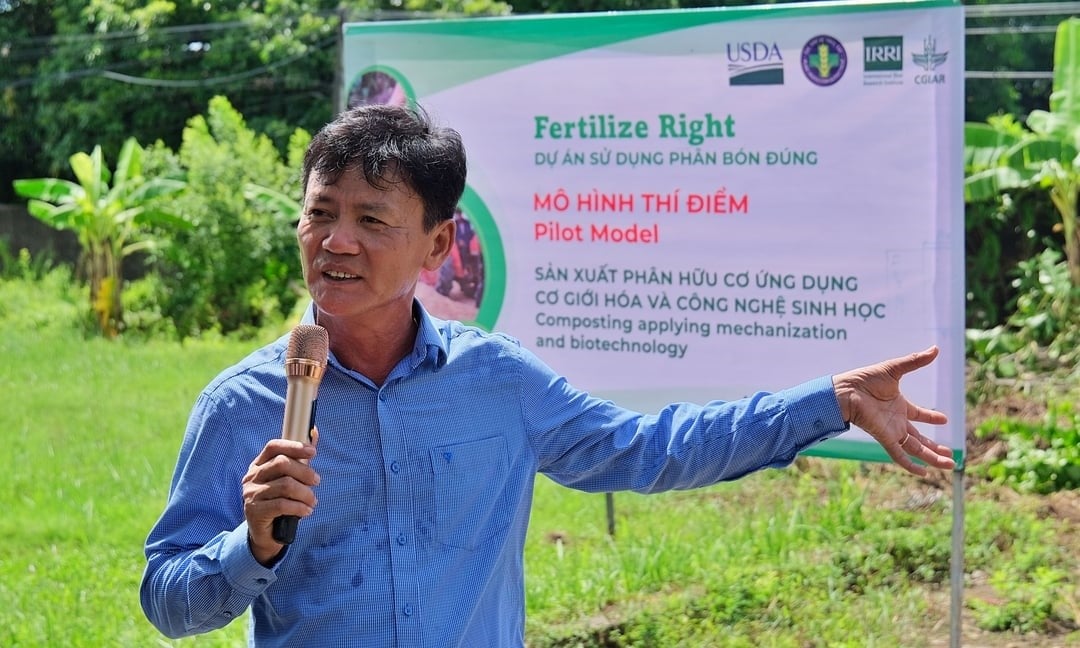
Master Nguyen Van Hieu at Tien Giang University, consultant of the International Rice Research Institute (IRRI), introduced the technology of making organic fertilizer from straw to farmers in Yen Cuong commune, Y Yen district, Nam Dinh province.
"Straw composted into organic fertilizer is used as a supplement for soil that is similar to fertilizer. In addition to creating value for straw, composting straw to make organic fertilizer also contributes to reducing greenhouse gas emissions," said Mr. Hieu.
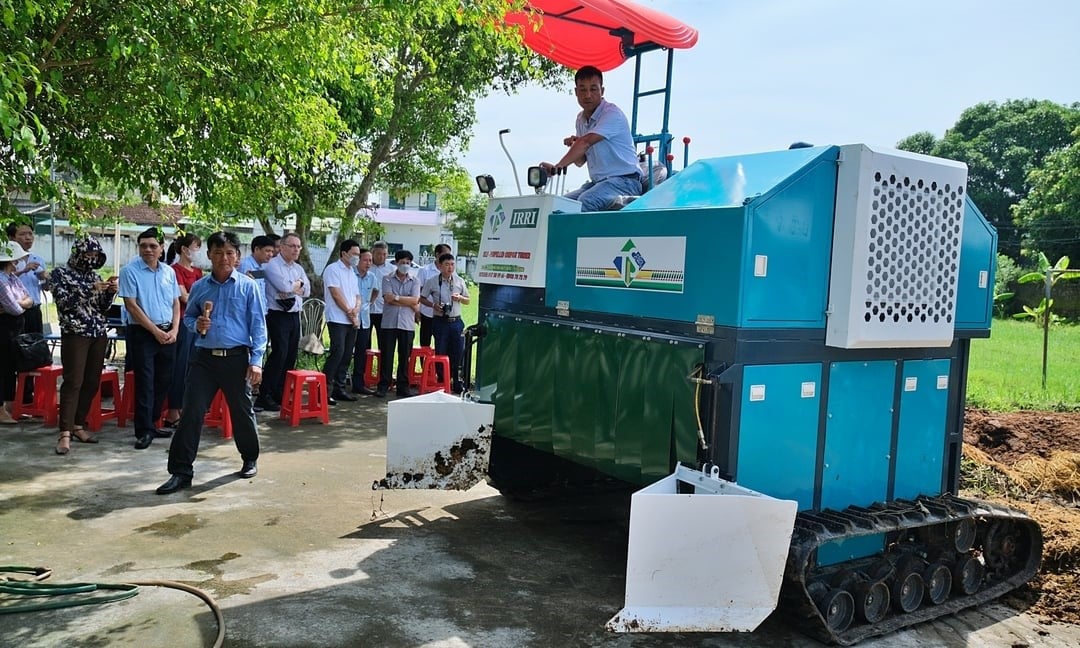
The machine that collects and mixes straw looks like a small excavator. In front of the two rows of wheels, there are two large white plastic scrapers used to collect straw into the middle of the machine's running track.
The self-propelled turner introduced by IRRI has a capacity of about 138–300 m3 of straw in 1 hour of continuous running, many times higher than the traditional tractor-linked mixer that people often use. Besides, above the driving position, there is also a sunshade, ensuring operation even in hot weather.
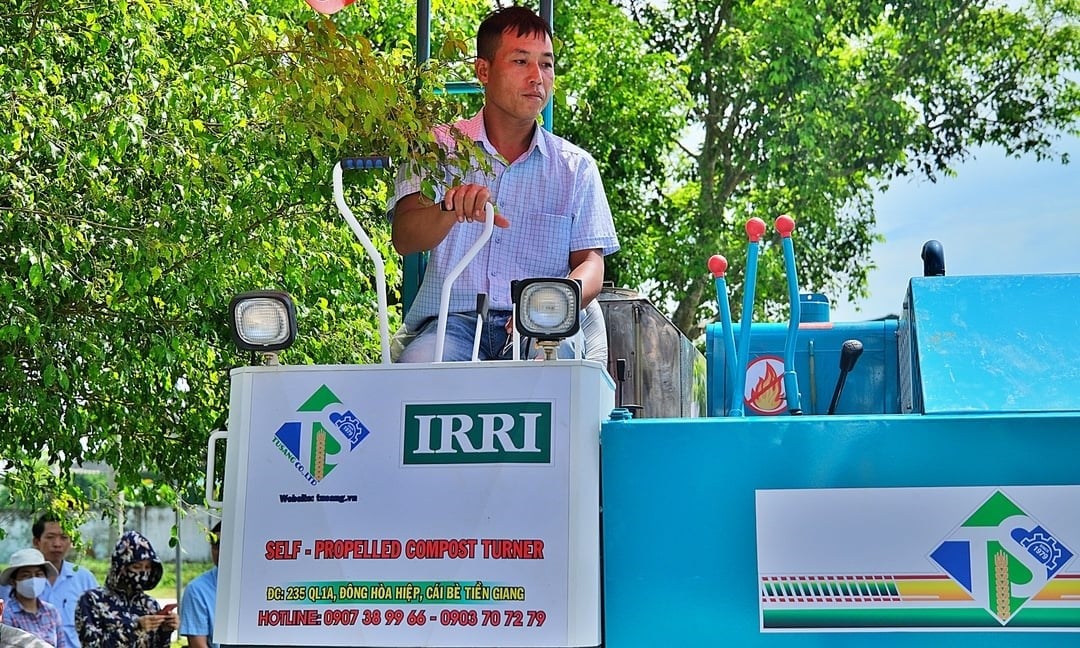
In the yard of Nam Cuong Agricultural Service Production and Business Cooperative, the machine easily wriggles between straw beds arranged in rows more than 20 m long. In fact, at the demonstration session, it only took about 1 minute for the machine to mix one bed.
Compared to traditional composting methods such as manual composting or using excavators, the combined composting method using self-propelled turners cuts the time in half to only about 45 days.

Master Nguyen Van Hieu carefully checked the machine's operation and thoroughly answered people's questions during the experiment session. Most opinions are concerned about the ability to actually work for many hours.
IRRI's expert said that the machine has been verified in the Mekong Delta provinces. Under the framework of the "Fertilize Right" project, the self-propelled turner has been effective in all three localities of Can Tho, Soc Trang, and Dong Thap.
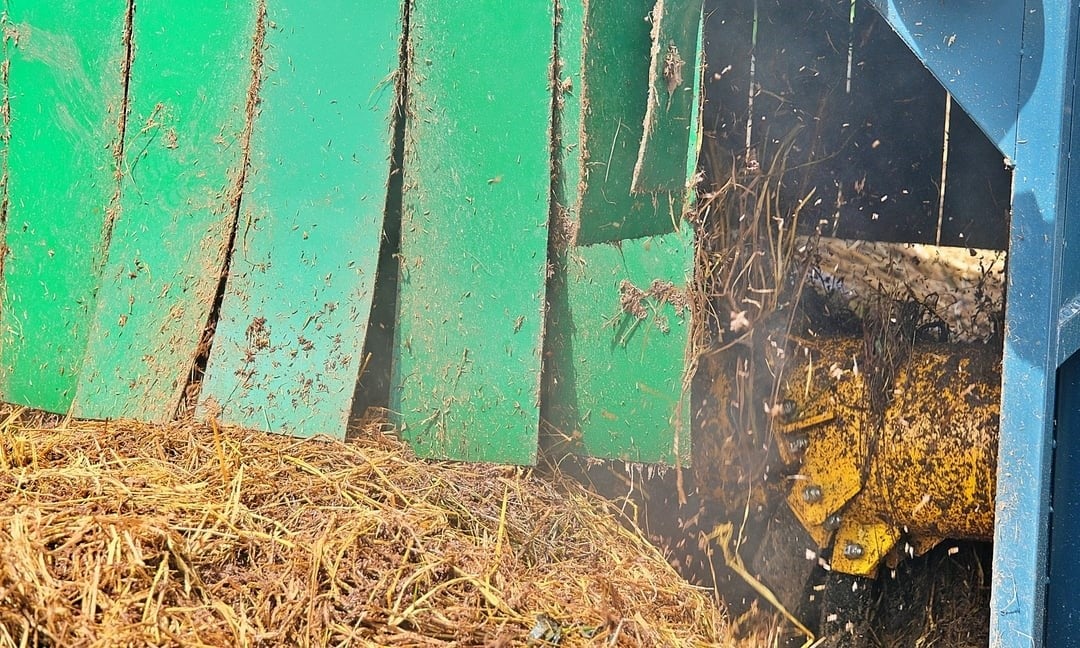
One of the main parts of the self-propelled turner is a large iron pipe, shaped like a saw blade with relatively sparse grooves. This part has the effect of loosening straw on the machine's path at a reasonable speed, consistent with the mode chosen by the driver.
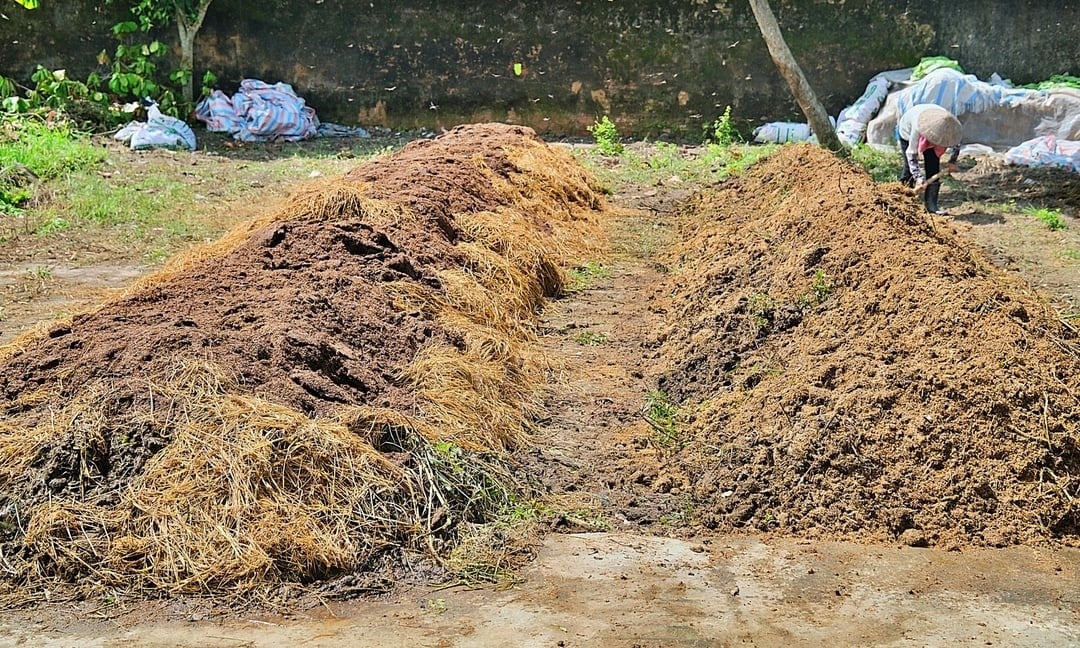
Pile of straw after mixing (right) and without mixing (left). According to research by IRRI's experts, people can use more buffalo and cow manure during the composting process at a rate of about 40% or add soil rich in protein (nitrogen).
A compost mixture considered optimal consists of 60% straw, 30% cow manure, and 10% soil. When mixing, IRRI recommends spraying additional probiotics at a dose of 1 liter of original probiotics mixed with 1 kg of molasses and 18 liters of water, incubated for 7 days to obtain 20 liters of secondary probiotics. On average, 4 liters of secondary probiotics mixed with 40 liters of water will be sprayed for about 1 ton of raw material.
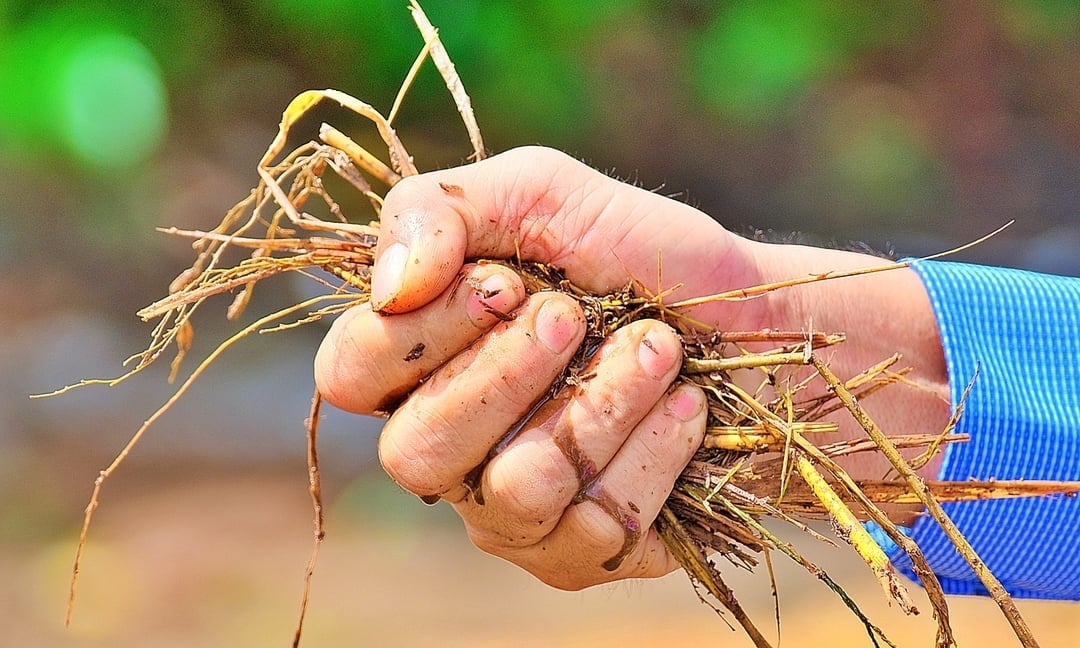
Temperature and humidity during the composting process are the most important factors to help ensure the finished product. The best temperature and humidity are 50–70 oC and 50–60%, respectively. However, in many rural areas, investing in a humidity meter is difficult and not feasible. Therefore, Master Nguyen Van Hieu introduced a simple method. That is, immediately after mixing, people use their hands to squeeze a handful of finished product in the middle of the bed. If the straw leaks a little water, it is satisfactory.

After 45 days from the first agitation, organic fertilizer can be ready for use. A finished product is considered quality if the C/N ratio is 13–14.5 and the pH is 6.8–7.2. IRRI reminds people to proactively reduce the humidity of finished products before entering the pellet pressing and storage process.
To compost effectively, people need to prepare compost beds, agitate, spray probiotics, cover with canvas, and check temperature and pH regularly. At the same time, perform a second agitation 10-15 days later before checking the finished product.
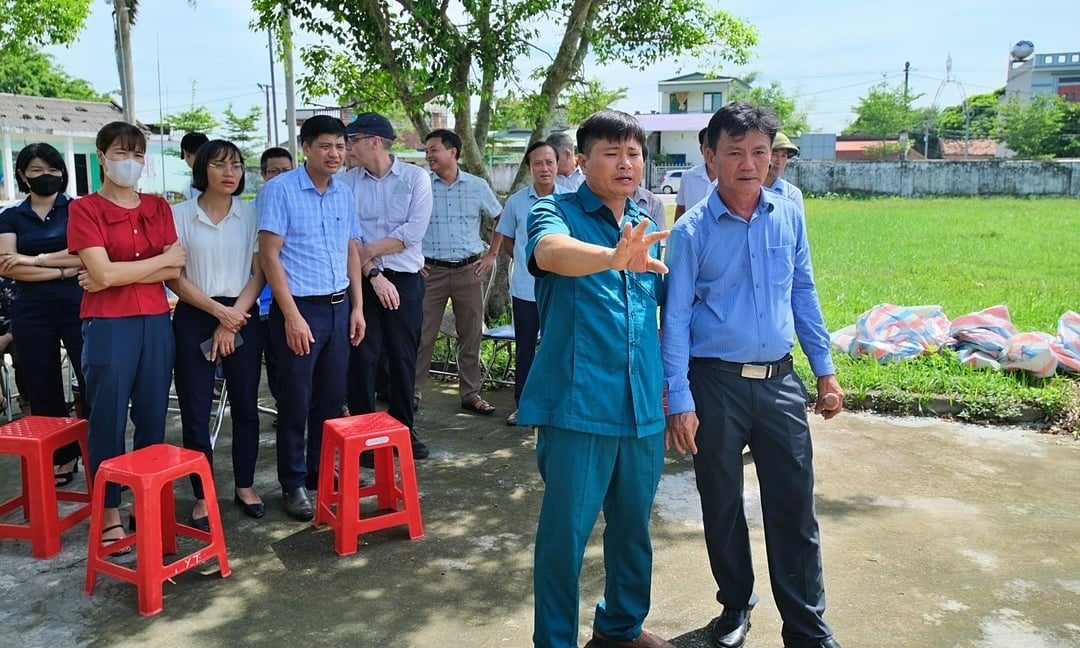
After Nam Dinh, IRRI will continue to introduce straw turners to make organic fertilizer to the remaining 2 provinces in the project area, namely Hai Duong and Thai Binh. These are also two key agricultural production localities in the Red River Delta region.
The "Fertilize Right" project is implemented in 4 years, from 2024 to 2027, with technical support from USDA, IRRI, and Vietnamese scientists. Mr. Robert Caudwell, Chief Representative of IRRI in Vietnam, hopes that through the models supported by the project, farmers will gradually form the motivation and habit of proactively collecting straw, right from the time of harvest.
Translated by Thu Huyen

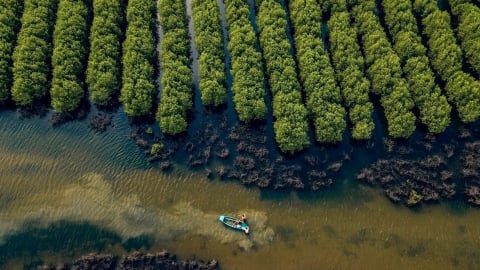
![Turning wind and rain into action: [1] Forecasting for farmers](https://t.ex-cdn.com/nongnghiepmoitruong.vn/480w/files/news/2025/06/11/e5a48259d6a262fc3bb3-nongnghiep-111919.jpg)
/2025/06/11/3507-1-161904_583.jpg)